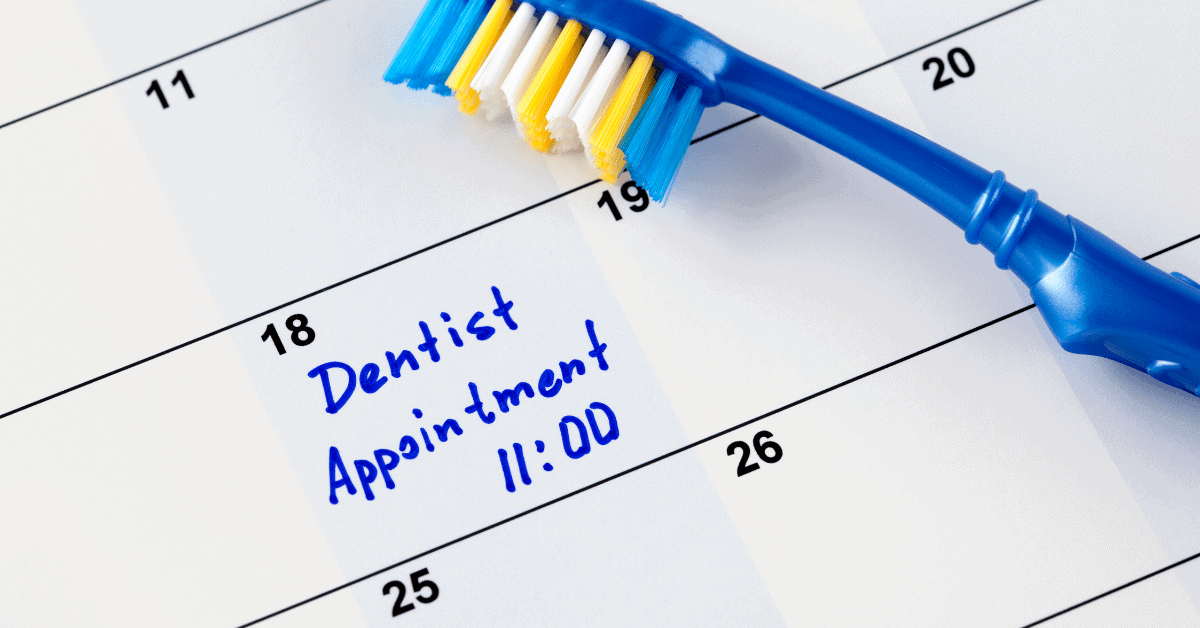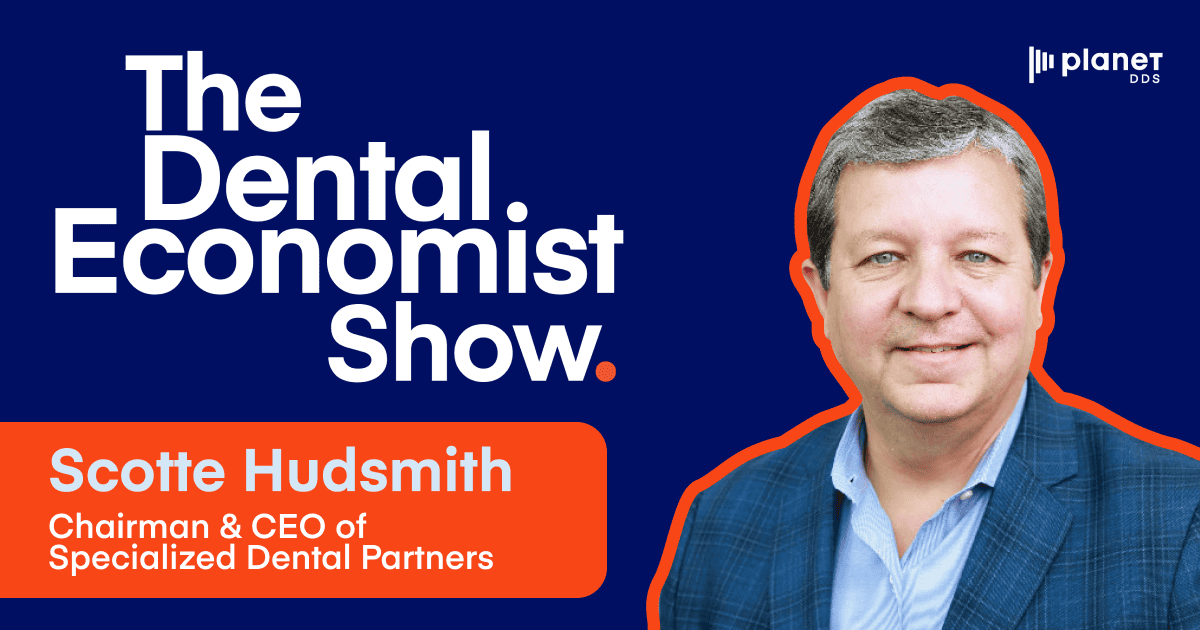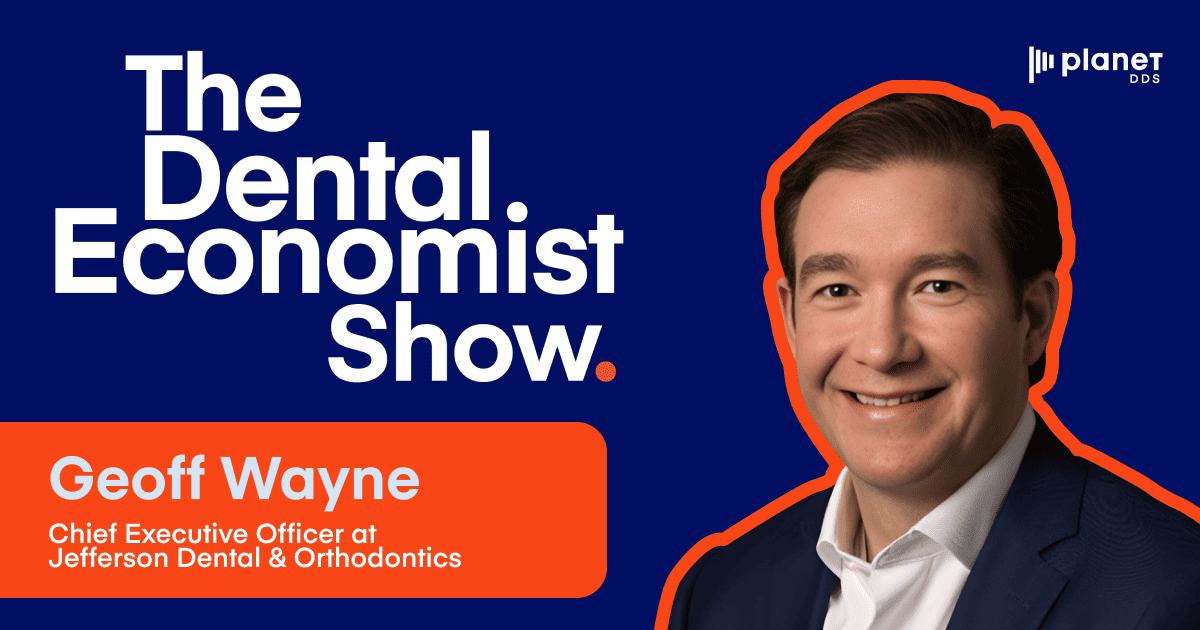Practice Builder: How to Shift Dental Patient Perspective and Increase Oral Health Awareness

“Oral health literacy.” Yes, that’s a thing according to the American Dental Association (ADA). And it could be a key factor for increasing awareness and education about the value of oral health.
Here’s the ADA’s specific definition of oral health literacy:
”…the ability for patients to “obtain, process, and understand basic oral health information and services needed to make appropriate health decisions.” [1]
This perspective would help confirm the more practical reality that over 40% of Americans say they wish they went to the dentist more regularly. From your perspective, this is a significant portion of Americans, roughly 40% of the population that you could target for new patients and activating recall appointments.
What’s keeping people from prioritizing their oral health?
That might seem like the million-dollar-question. No doubt, your passion, training, expertise, and knowledge of dentistry creates an unquenchable drive to reach those who are often ambivalent about dental care.
But disinterest isn’t the only reason people don’t prioritize or outright avoid dentistry.
A blunt yet somewhat accurate perspective might help you get inside the minds of a hesitant public.
“Let’s face it, the dental office is not a comfort zone for our patients. From their point of view, we invade their personal space, stick them, poke them, give them doses of radiation, deliver bad news, and then we reprimand them! It’s no wonder we meet up with unwilling attitudes.” [2]
In fairness, too there are personal issues you’re aware of that cause people (even some of your patients) to keep dental care at arm’s length.
- Anxiety
- A previous bad experience
- Bad “press”
- Costs
- Lack of insurance or payment options
It helps to realize that every patient or potential patient is different. Each holds a preconceived idea about oral health care.
How to shift the perspective about the value of oral health
It’s common to emphasize education. But going a step further, it’s more about the type, timing, and tone of your patient and public education process.
Rethink your marketing
You might wonder what “marketing” has to do with oral health education. A lot if you shift your narrative.
Dental marketing brings to mind promotions and premiums. You can keep those in your hip-pocket.
But a dental marketing re-think involves a substantial change in the type of information you share. An emphasis on the value of oral health (generally speaking) can be packaged within your core marketing messages.
Dental service promotions can be lost on your patients or non-patients if the primary barriers to their buy-in aren’t confronted.
A more compelling marketing narrative will reach the core emotions that eventually lead them to prioritize, schedule, accept treatment, and follow-through on their recommended procedures.
Know your audience
- What questions are they asking?
- What does their scheduling history say about their relationship with dentistry?
- What’s going on in their life or that of their family that oral health care can solve or support?
Create and share relevant information
- Curate good dental content around your patient’s common pains, problems, and questions.
- Publish useful, solution-oriented dental content that provide answers and solutions to your patient’s questions and problems/concerns.
- Use your social media channels and online review platforms to listen to your patients. Leverage those channels/platforms to connect with them about the benefits of oral health.
Today’s marketing success has much to do with the level and quality of useful information you share. It can help shift patient and public oral health perspective more effectively than solely relying on promotional campaigns.
Timing is everything (or close to it)
Confronting a patient about their brushing and flossing routine or how long it’s been since their last check-up is well-intentioned. But it can also alienate them.
It’s best to reward their initiative to finally reach out, schedule, and/or show up for a dental visit.
Proactive conversations and language have a greater long term impact than diminishing ones. (More on tone in a moment).
The timing perspective relies somewhat on the fact that a current or new patient has taken initiative to schedule and show up for their appointment. Given that it’s a reactivation or new patient visit they’ll likely spend most of their time with a dental hygienist.
Think of this hygiene chair-time as prime educational time.
- Comment on the positive time investment they’re giving to their oral health by choosing to schedule.
- Be intentional with the “captive” time you have with them while in the chair. Use it to share valuable oral health information (again, without judgement).
- Attach dental care to their personal comments about any upcoming life, family, and career events. Build on the idea that healthy teeth and gums creates healthy, attractive impressions.
- Be ever-aware of the mood and mindset of each individual patient. Some are open to your efforts to educate while others might require a more passive approach. Listen to them and leverage the information you have on each patient as you seek to educate them.
- Never give the impression that your production is more important than their presence on your schedule. Pace your time with them in a way that makes them (and their oral health) the center of attention.
Watch your tone
Again, the way you frame oral health conversations and the information you emphasize helps determine a patient’s attitude about it. A reactive, confrontational tone will build unnecessary barriers between you and your patients.
Patients and the public are bombarded with negative energy about dentistry and oral health care. This reality opens the door to establish yourself as a positive voice-of-the-people.
Give your patients the impression that you understand their perceptions (positive or negative). Talk casually about their oral health concerns and avoid talking down to them or increasing their guilt about poor health decisions.
Every patient has their reason(s) for avoiding oral health care. Often, it’s the baggage they’ve carried for months or years that started with a fear-enhancing or guilt-inducing conversation around dentistry.
Tone it up and you’ll perhaps tone-down the negative “noise” in their heads.
- Lighten the mood (on occasion) with humorous content and light-hearted tips via your social media channels, blog, and email communications.
- Help patients see themselves having good oral health by building them up and rewarding them for taking steps to schedule and say “yes” to treatment.
- Encourage patients to help you be an ambassador for positive oral health decisions by sharing their good experiences with you/your team. Make patient reviews a reflex response following each appointment. The more dental goodwill they share the more it spreads.
Oral health literacy will increase as the result of a new mindset about marketing, patient education, and the “tone” of your professional voice.
On theme – take a look at another resource in our Practice Builder series:
Refine your patient-facing strategies
The more patient-facing the better your patient relationships – including a boost in patient production from your recall systems.
Consider a cloud-based solution and use the built-in tools to improve your patient’s oral health perceptions.
You might find the cloud solution like Denticon to be a more seamless and low maintenance platform…
- Built-in patient-facing modules
- Monthly subscription rate that’s predictable
- Data hosted in the cloud that’s remotely and securely accessible
- Savings compared with a “legacy” system can total an average of 40%
Thinking about or ready to update your dental practice management software? Contact us or request a demo of the Denticon platform…before you decide!
[1] https://www.ada.org/en/public-programs/health-literacy-in-dentistry
[2] https://www.rdhmag.com/patient-care/radiology/article/16404420/a-recipe-for-patient-education



